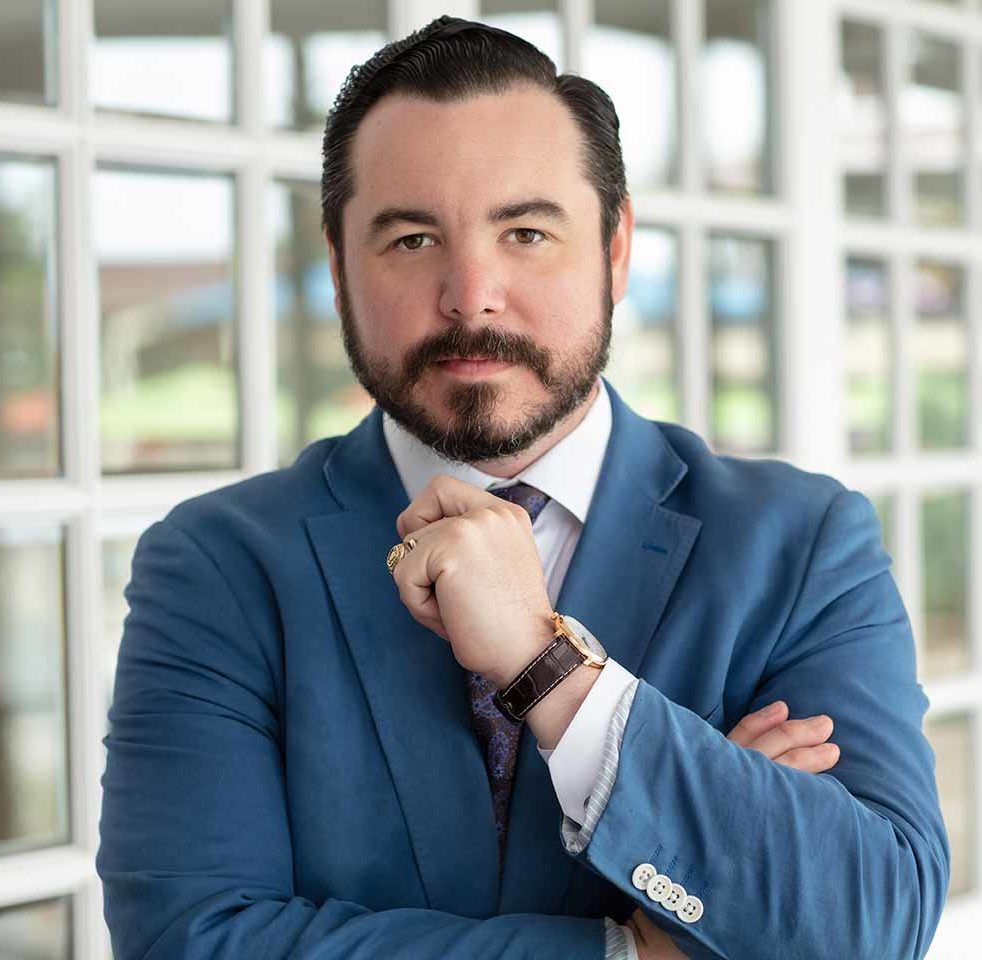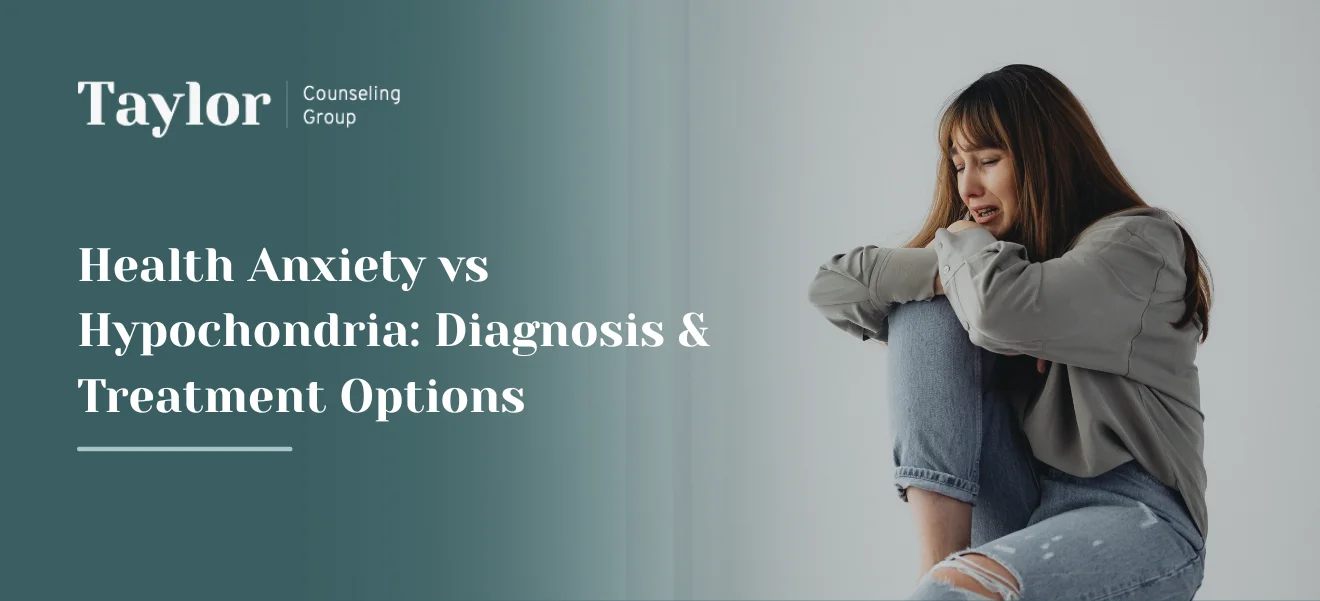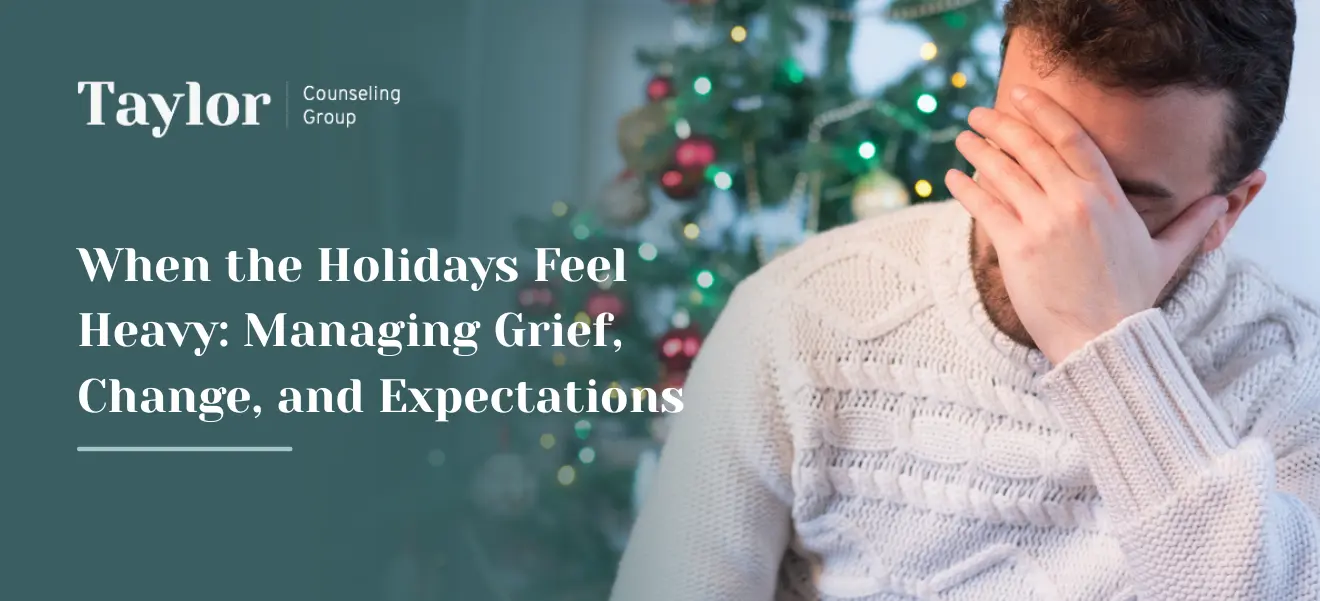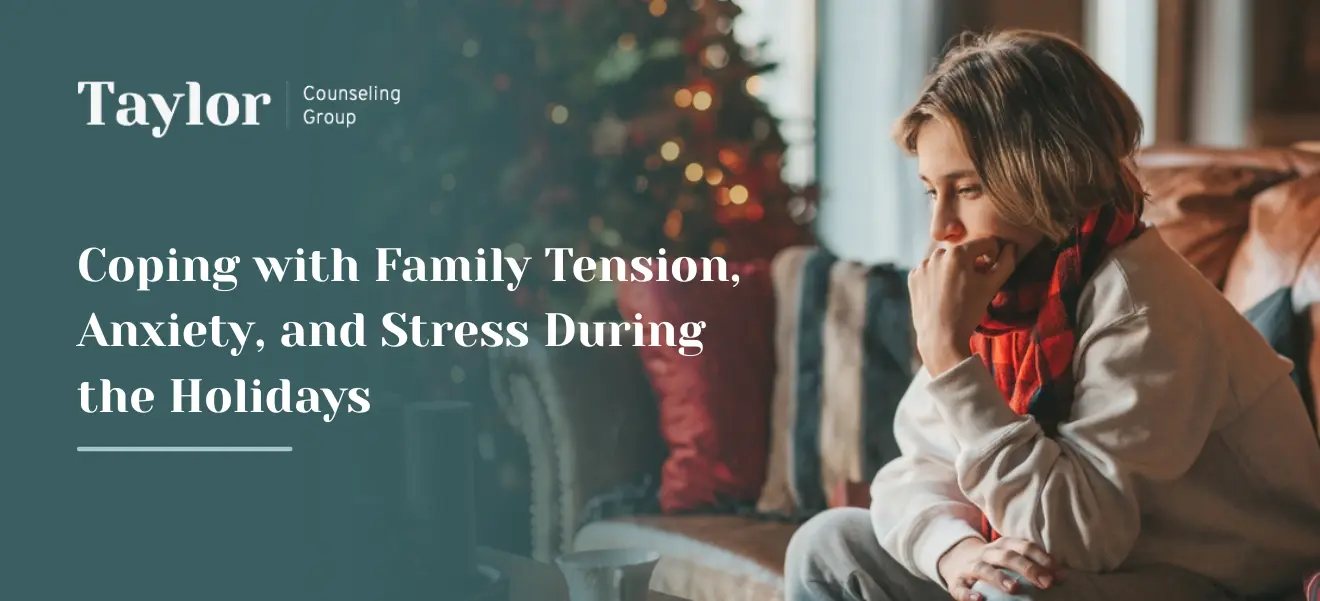Family problems rarely stay behind closed doors. Stress from unresolved conflicts can affect your work, school, or everyday interactions outside the home.
If your family has been struggling with the same issues without any real progress, it may be time to consider family therapy. A structured, professional approach helps improve communication, strengthen relationships, and find solutions to ongoing challenges.
Despite this, many people hesitate to seek therapy due to mental health stigma. It’s typically seen as a last resort for “broken” families, rather than a proactive way to handle disputes.
Normalizing family therapy starts with changing the way we talk about it. In this post, we’ll explore the stigma surrounding family therapy and share ways to move past it.
Understanding the Stigma Around Family Therapy
Stigma is built on negative beliefs and attitudes that discourage people from seeking help. It typically shows up as:
- Shame and embarrassment
- Fear of judgment
- Skepticism
- Cultural resistance
Research shows that three in five people living with mental health challenges avoid seeking help because of therapy stigma. Families often internalize these beliefs and choose to struggle in silence rather than reach out for professional support.
To change this, family therapy needs to be seen as a normal part of maintaining family well-being—not just something ‘only for serious problems.’ Family therapists can assist with a wide range of everyday struggles, including:
- Miscommunication
- Substance abuse or addiction within the family
- Mental health struggles affecting one or more family members
- Financial disagreements and money-related stress
- Academic or behavioral problems at school
- Challenges between siblings or ongoing rivalry
- Parenting difficulties and children’s behavior concerns
- Supporting a family member with special needs
- Navigating relationships with extended family
- Coping with illness or the loss of a loved one
- Infidelity and rebuilding trust
- Separation, divorce, and co-parenting arrangements
6 Steps to Normalize Family Therapy
Here are some magical ways to normalize the conversation around family therapy.
1. Educate Yourself and Others
It’s easy to have opinions about therapy without knowing what it involves. Learning about its benefits can help shift perspectives.
Family therapy provides a safe space for families to openly discuss concerns with a trained professional. The process begins with the therapist getting to know the family dynamic. They’ll ask about when the issues started, how each person views the situation, and what’s already been done to try to resolve things.
From there, the therapist creates a treatment plan focused on improving relationships, not assigning blame. They’ll help family members communicate more effectively, solve problems together, and find healthier ways to handle challenges. Therapy won’t erase every problem, but it can give families the tools they need to manage tough situations in a better way.
Take the time to explore available resources about family therapy. The more informed you are, the easier it is to dismantle false beliefs and help others see it as a normal recourse.
2. Open Up Conversations
Families who normalize mental health discussions create an environment where seeking help is seen as a positive step.
Here’s how to foster these open conversations.
- Make Therapy a Normal Topic
Talk about therapy the same way you would any other healthcare service. Saying, “I have a therapy session” should feel as natural as saying, “I have a doctor’s appointment.”
- Encourage Questions
Some family members may be hesitant about therapy because they don’t fully understand it. Answer questions and address misapprehensions to ease their concerns.
- Listen Without Judgment
If someone expresses doubts about family therapy, don’t dismiss them. Instead, offer factual information to help them see it as a useful option.
3. Debunk Myths
Therapy is still shrouded in myths that create unnecessary fear and hesitation. A common misconception is that therapists take sides. In reality, a therapist’s role is to stay neutral and make sure every family member feels heard and supported.
Another widespread belief is that therapy is too expensive or difficult to access. However, many therapy options are more affordable than people think.
For instance, Taylor Counseling Group’s Affordable Care Program offers therapy sessions starting at just $50 per session. We are committed to making quality mental health care available to individuals and families across Central Texas, regardless of income level.
4. Share Personal Experiences
One of the most effective ways to make family therapy feel normal is by sharing real-life experiences. When people hear firsthand how therapy has improved relationships and communication, they’re more likely to see the value in it.
- If therapy has helped you, consider sharing your experience with friends or family—only if you feel comfortable.
- Encourage others to share their experiences if they’re open to it.
- Point to online testimonials and community discussions as valuable third-party insights.
5. Get Involved in Community Initiatives
Reducing stigma around therapy starts with everyday conversations, but real change happens when entire communities get involved. Many local organizations host events, discussions, and campaigns to promote mental health awareness and make therapy more accessible.
Be sure to attend these gatherings and participate in open conversations about the importance of mental health initiatives. Try bringing family members along, too.
If you can, volunteer with groups that work to expand access to therapy by offering low-cost services, educational resources, and community outreach. Small efforts—whether helping at an event, sharing information, or donating—can make a big impact.
6. Seek Help Early
Family therapy works best when it’s used early—before small problems turn into big ones. Think of it like a regular checkup. You wouldn’t ignore your health until you’re seriously sick, so why wait until your family is struggling to seek support?
Early intervention makes everything easier. If you’re considering family therapy, don’t wait. Reach out to Taylor Counseling Group today to schedule a session and take the first step toward a healthier family.
Final Thoughts
Therapy isn’t a weakness. It’s one of the strongest things a family can do together. And fortunately, the old stigma is already starting to fade. Younger generations are more open to mental health conversations than ever before. Celebrities, athletes, and influencers are speaking up about their own experiences with therapy, making it easier for regular families to do the same.
But there’s still progress to be made. Changing the conversation around therapy takes time, and it starts with all of us. If this post gave you a new perspective on family therapy, share it with someone who might need to hear it.
Every family deserves a neutral, supportive space to talk, grow, and strengthen their relationships. At Taylor Counseling Group, we provide affordable family counseling to help you navigate challenges, improve communication, and move forward as a stronger, healthier unit.


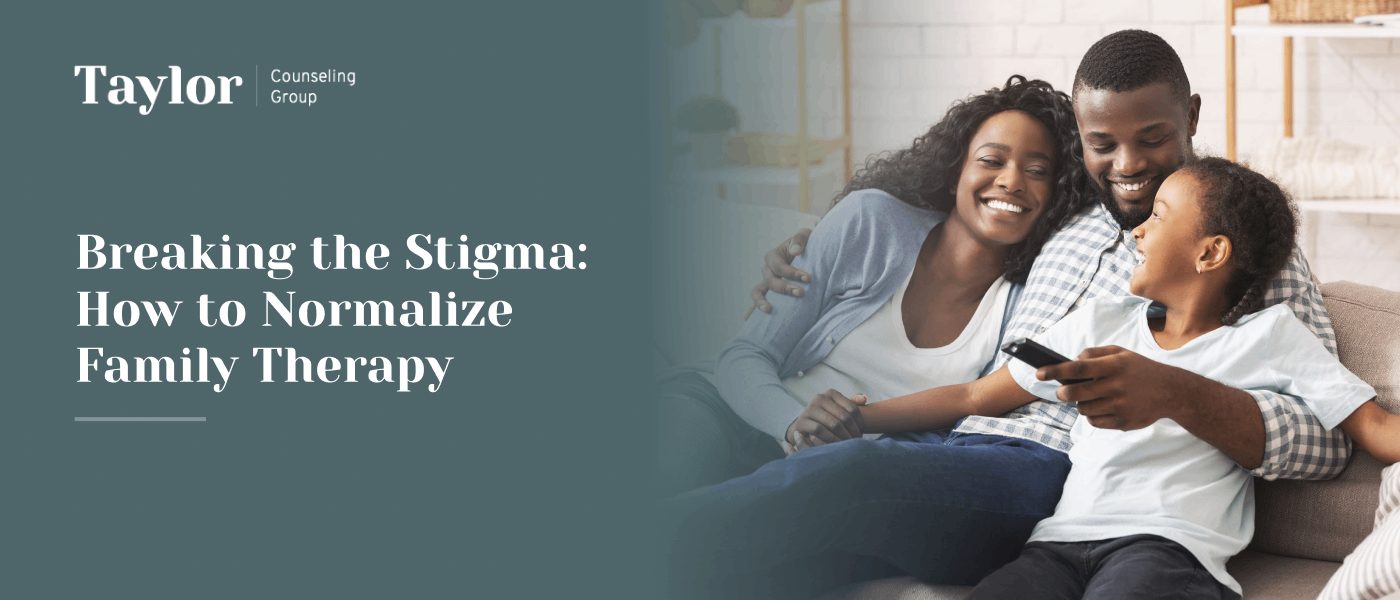
 Family Counseling Can Help
Family Counseling Can Help